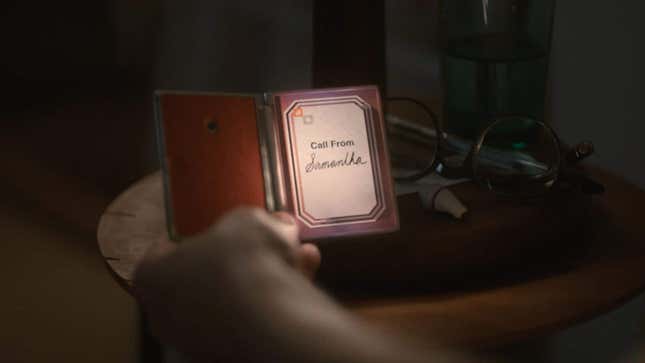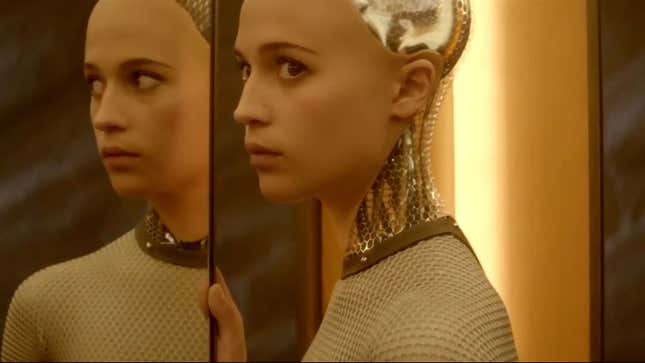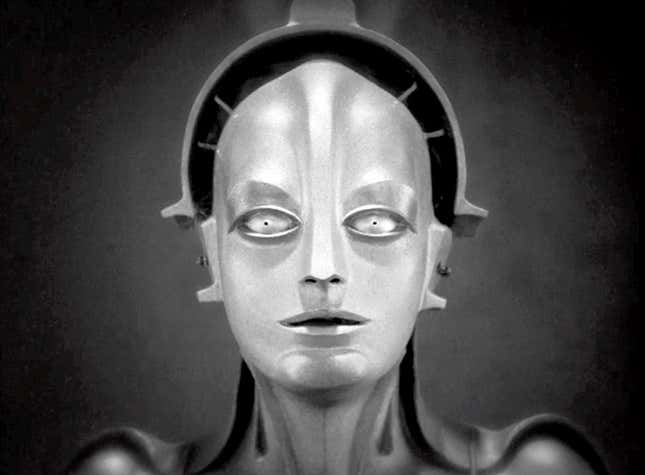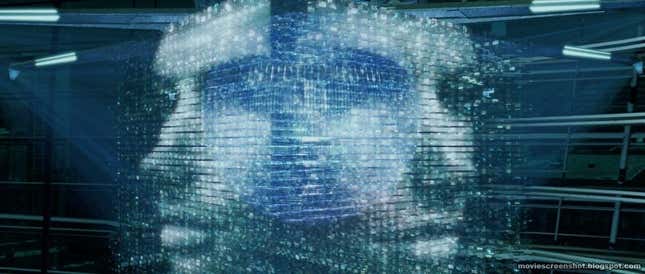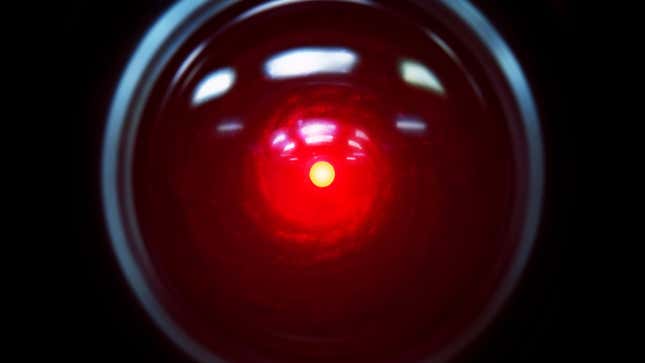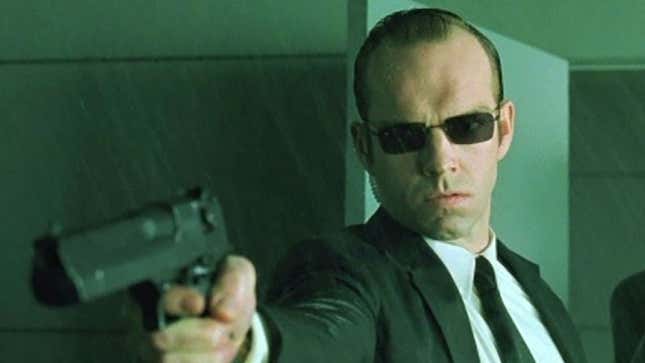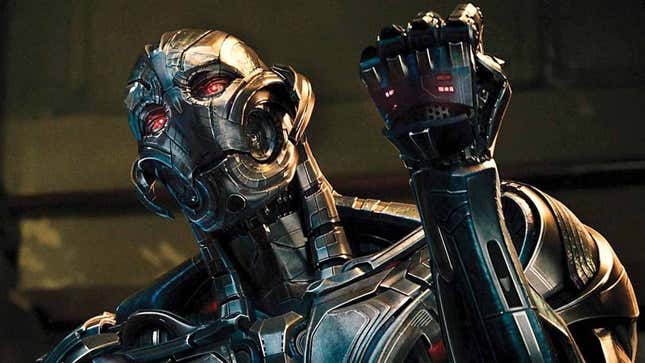
For nearly a century, filmmakers have been questioning what happens when technology becomes so advanced and self-aware that the machines we invent turn against the humans who created them. Artificial intelligence is no longer just a science fiction concept set in the distant future. Here in 2025, it’s everywhere, and we’ve seen some chilling embodiments of artificial intelligence emerge as villains in movies for decades.
This list looks at the AI villains that were meant to teach us a lesson. We’ve seen a sassy hi-tech babysitter push a child in front of a car, a genocidal mainframe build an army of sentient murder machines, and a smug philosopher-bot, But, as AI becomes more and more embedded in our daily lives, films like the upcoming M3GAN 2.0 might start to feel less like fiction and more like prophecy.
